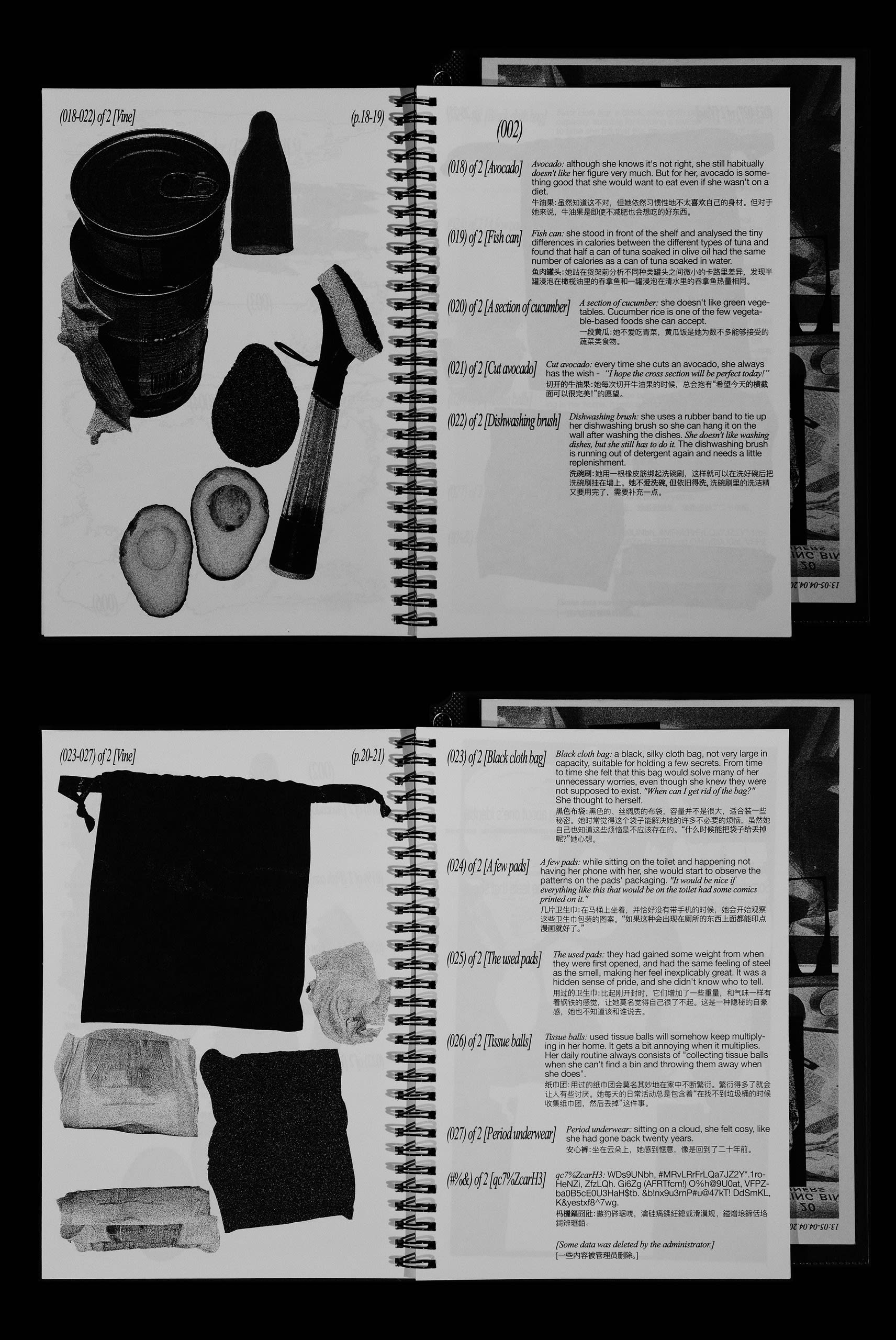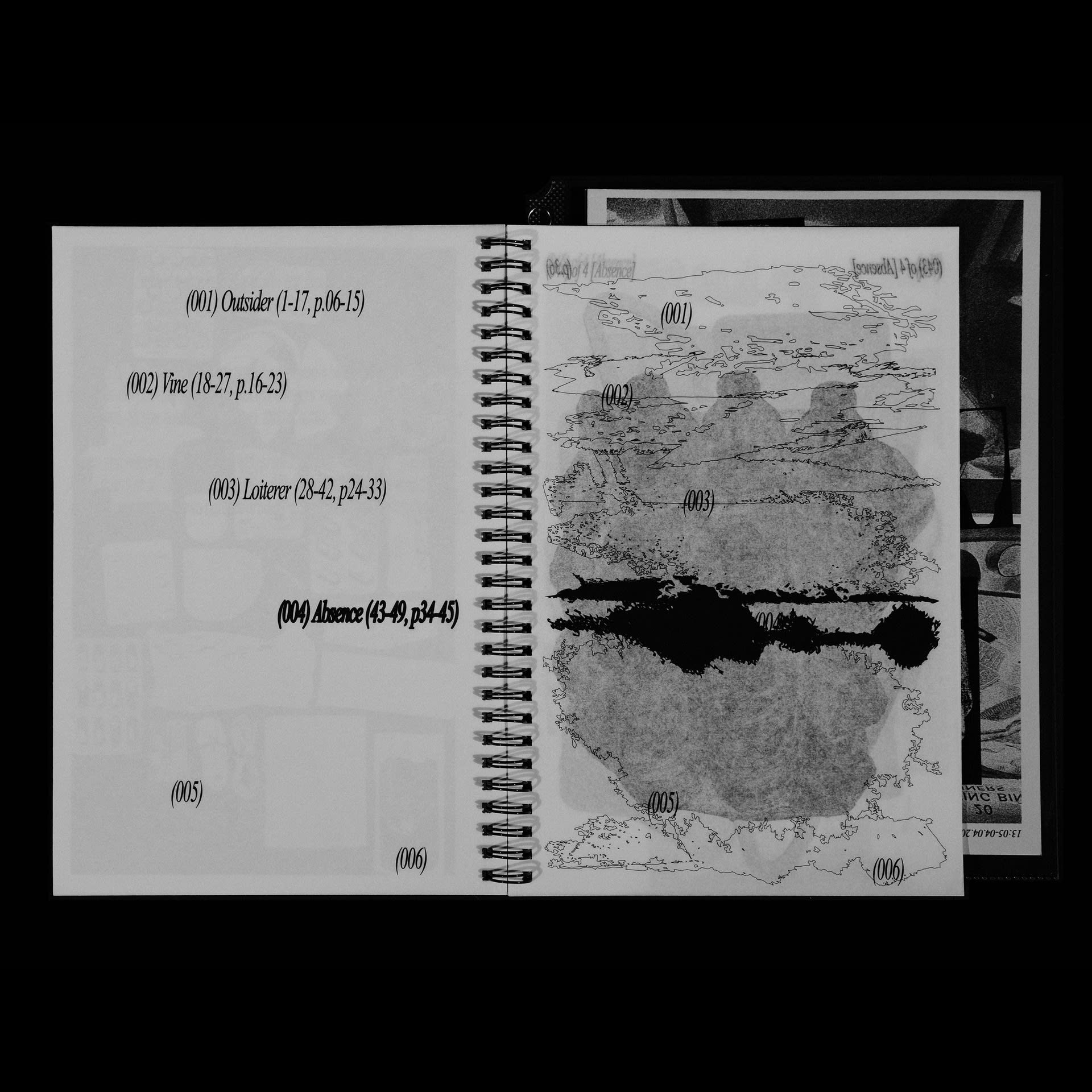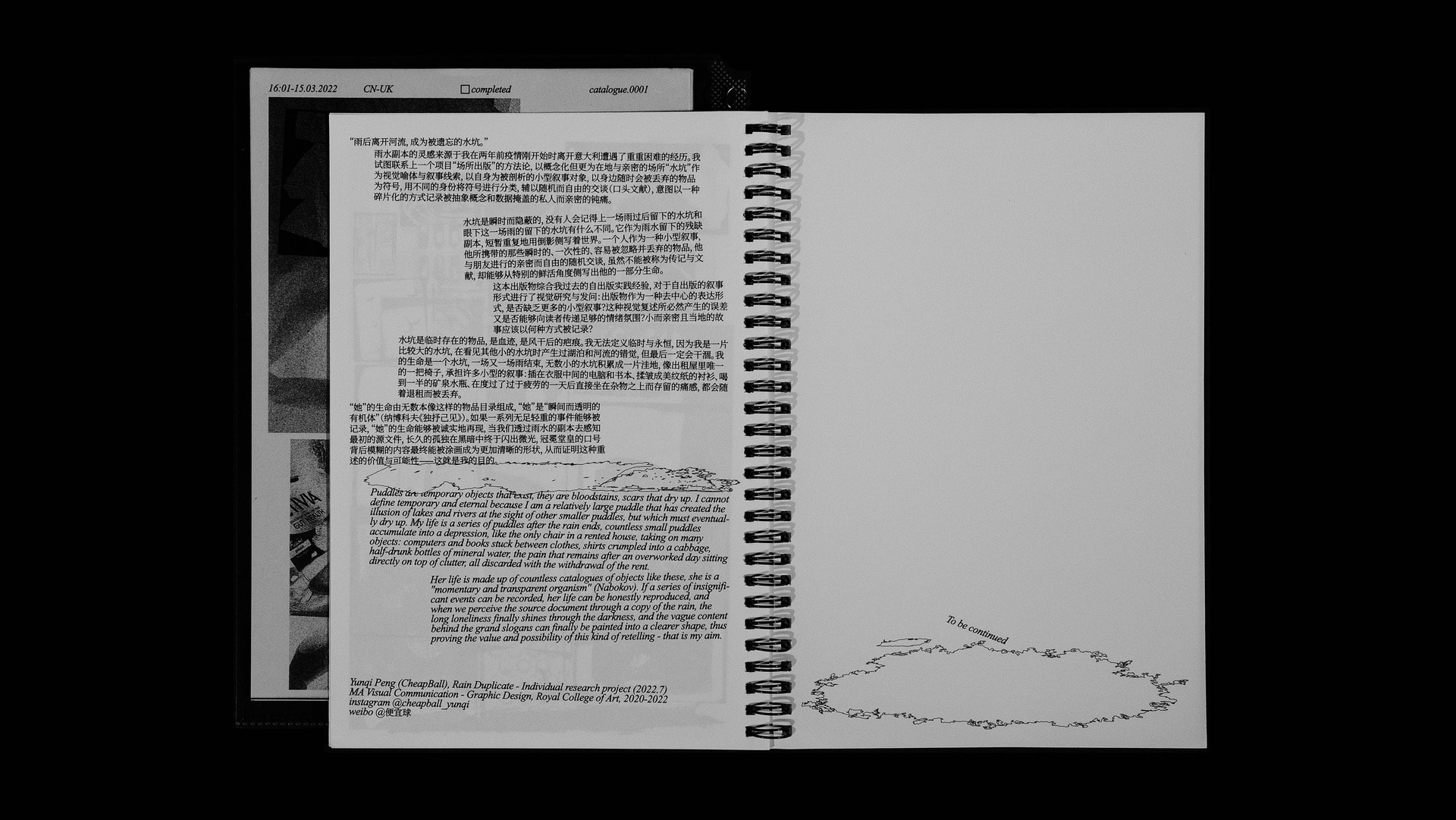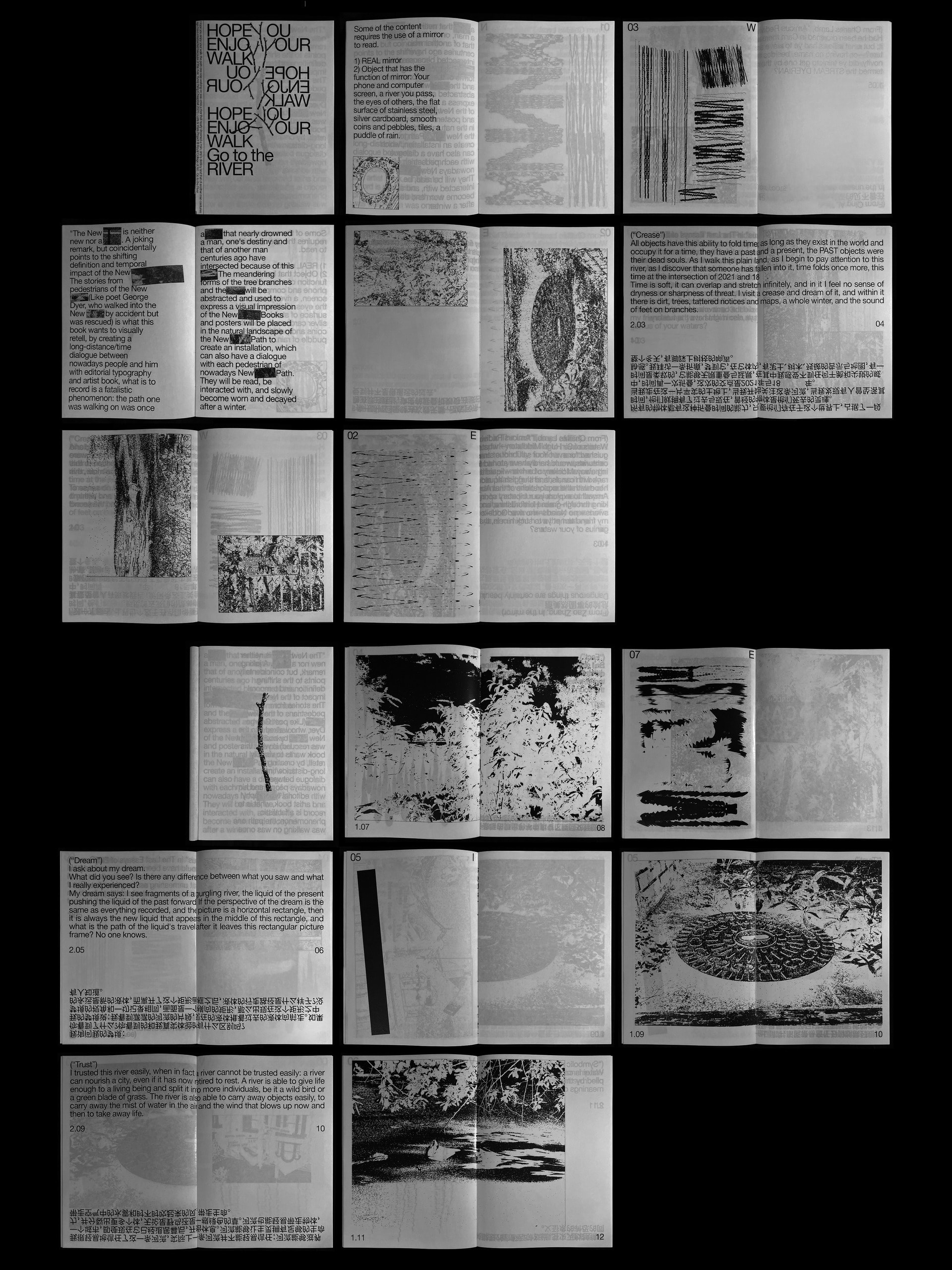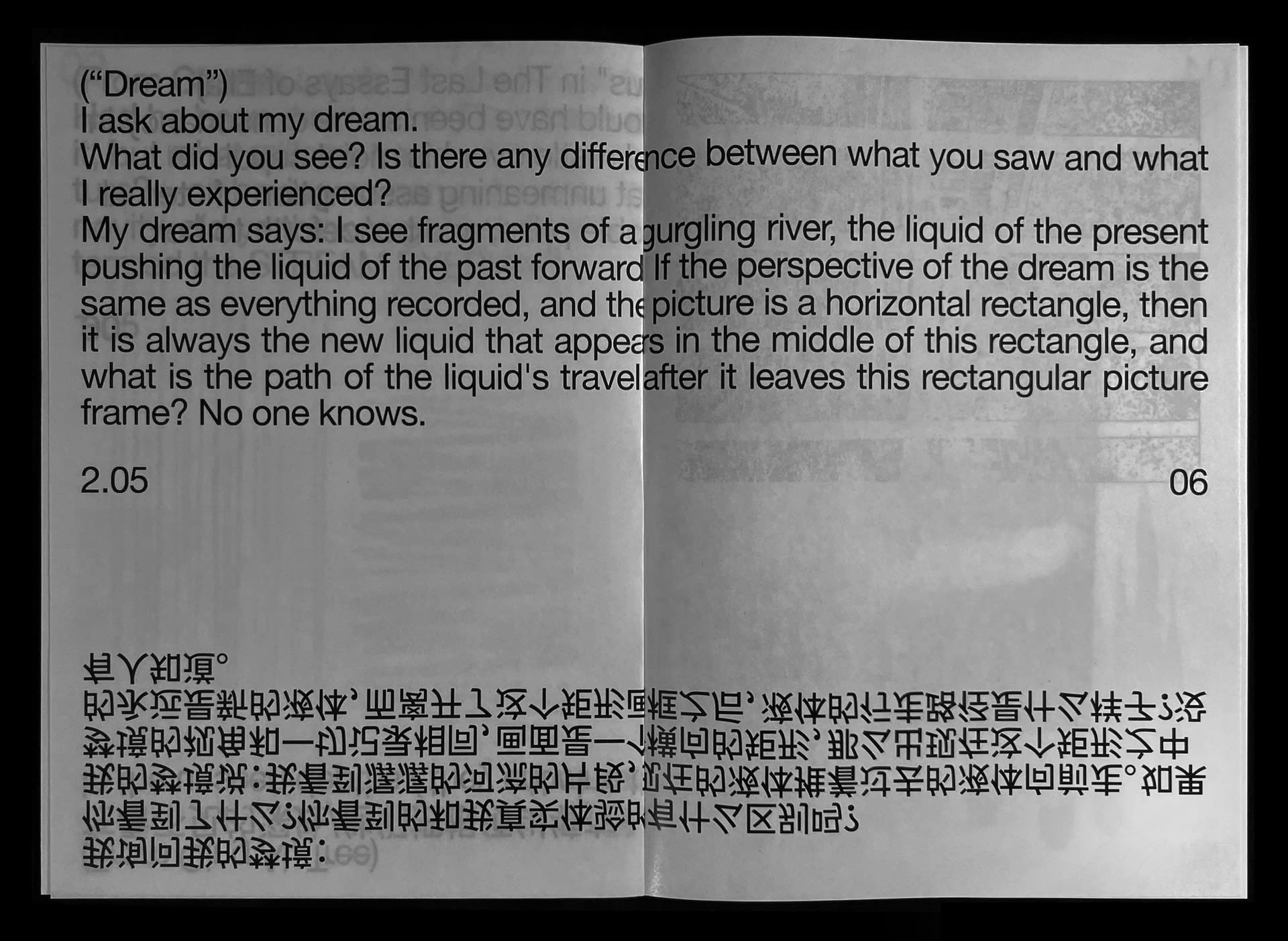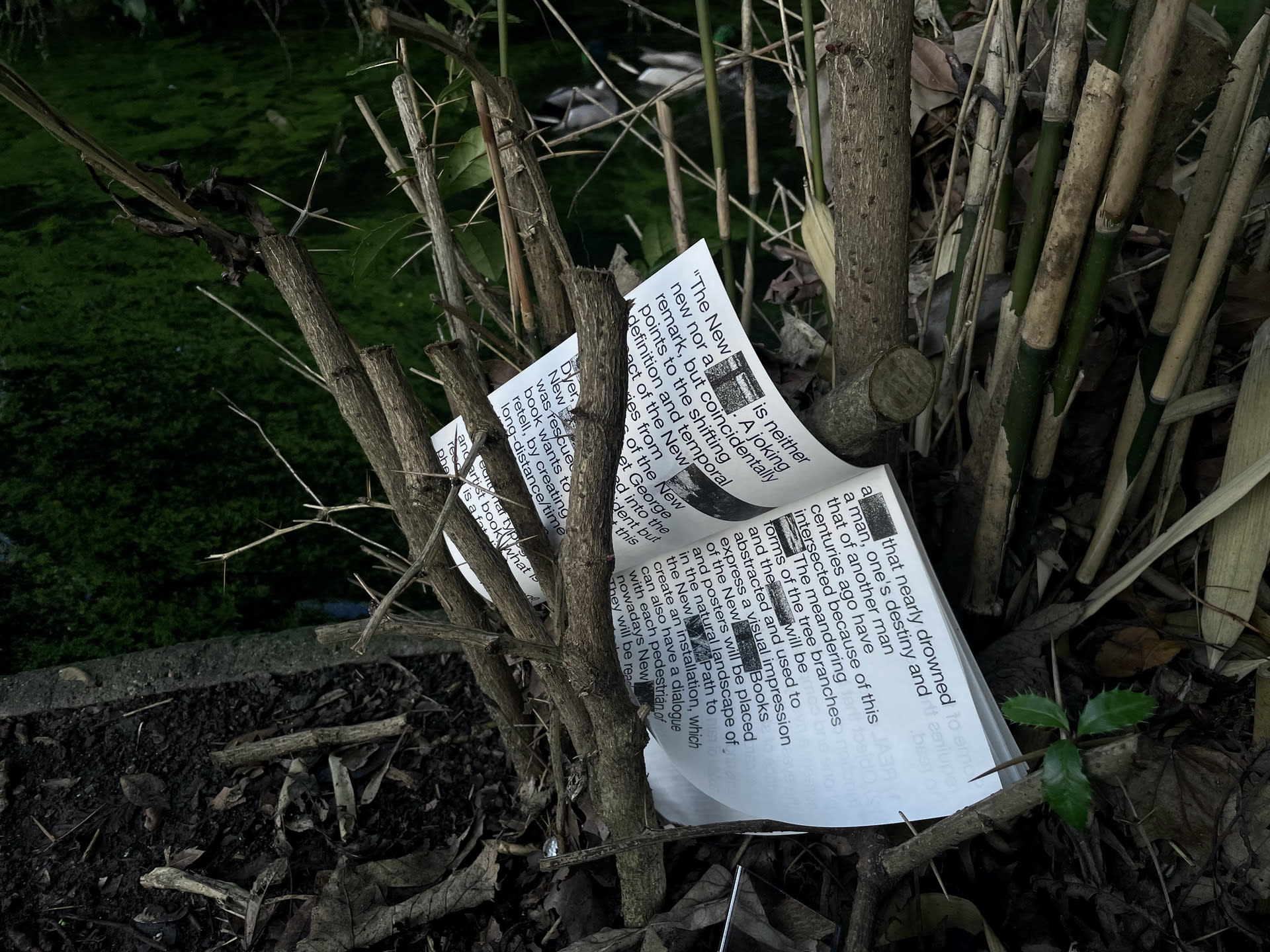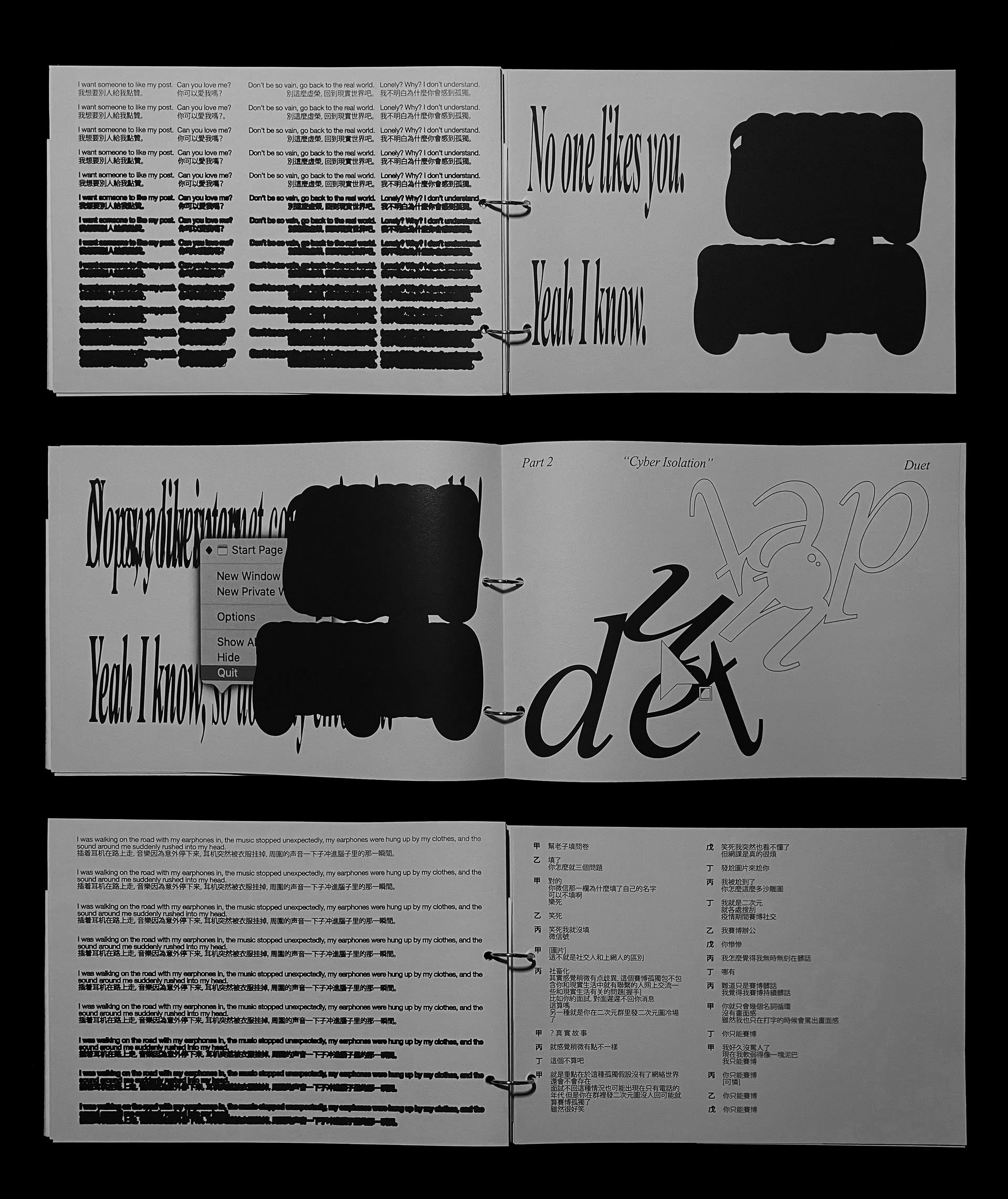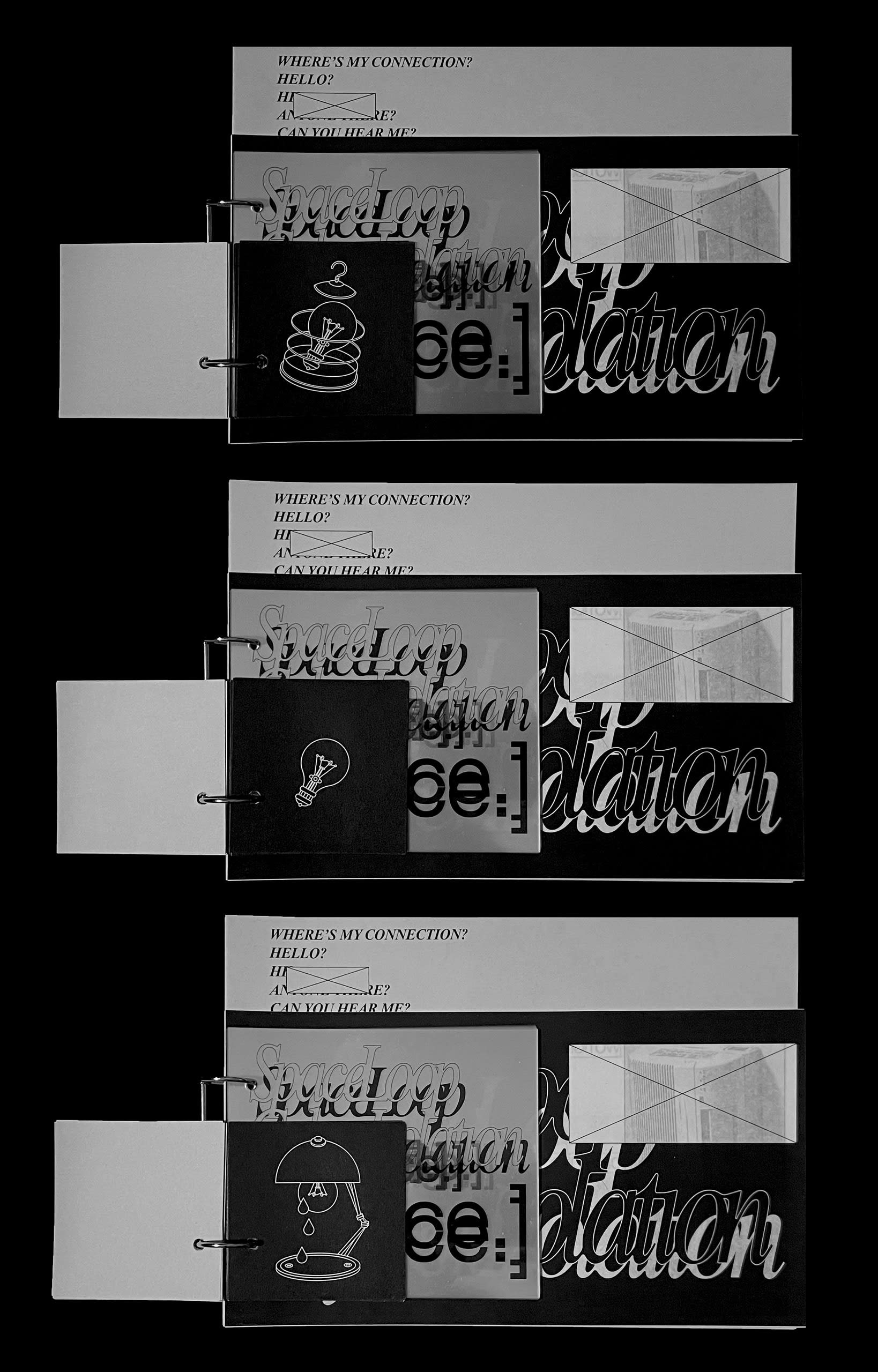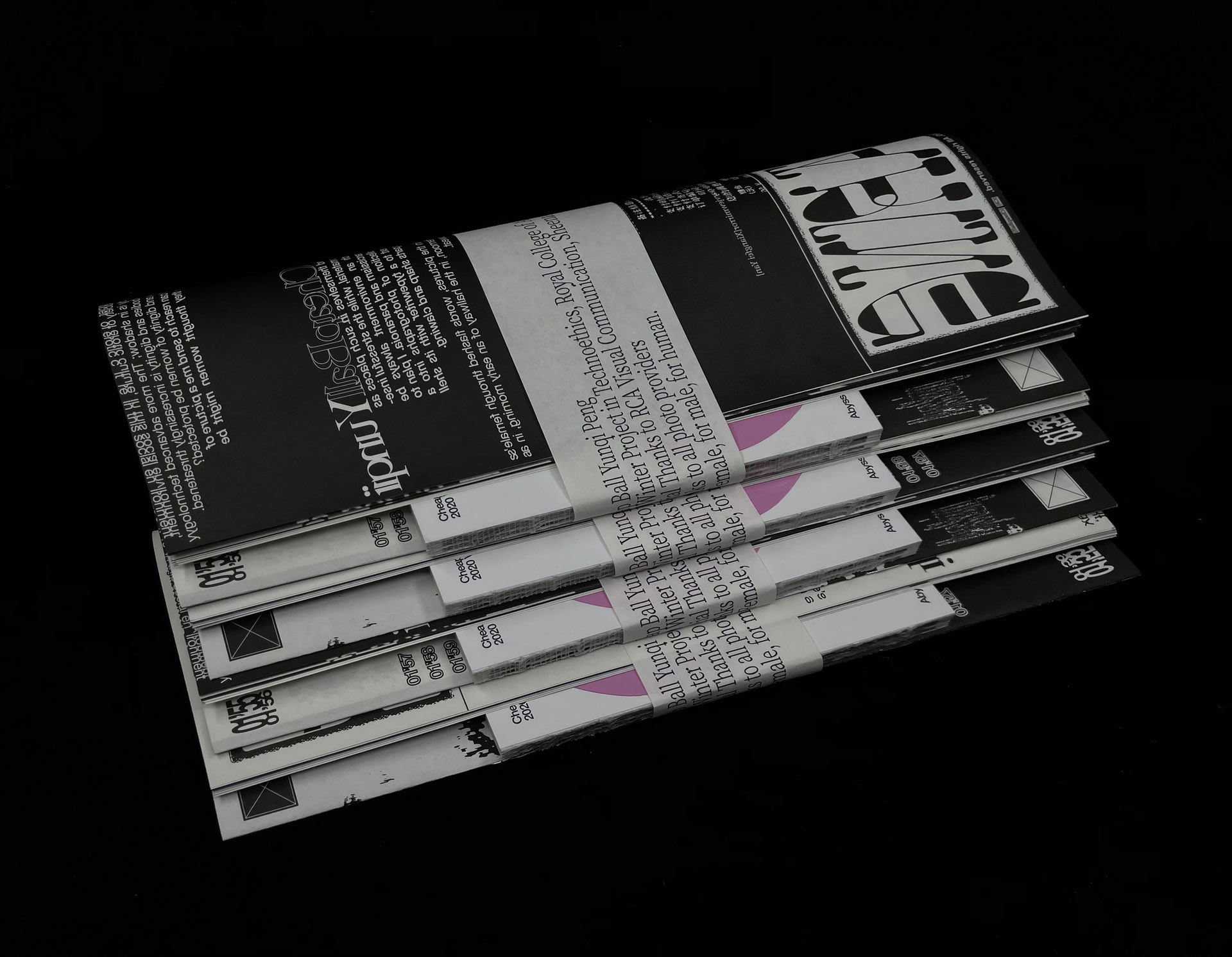Yunqi Peng (b.1998) also works under the pseudonym of ‘CheapBall’, is a graphic designer and visual communicator. With text, typography and graphic languages as visual methods, she uses self-publishing and art book exhibitions as her main avenues of exploration.
An experimental practice in the form of art publications, the outcomes are a study of the credibility of narrative structures and non-traditional narrative models, and a concern for the delicate human issues hidden beneath the grand social narrative.
She will complete her MA in Visual Communication (Graphic Design Pathway) at Royal College of Art (London) in July 2022. Her previous education includes BA Graphic Design & Art Direction (Visual Design Pathway) from Nuova Accademia di Belle Arti (Milan, 2020), and BFA Visual Communication from East China Normal University (Shanghai, 2020).
Awards and achievements
2022
Work Selected & Interview, Design 360° (Magazine) No.98
2021
Bronze Award (Student Group), GDC Award 2021 (Graphic Design in China Award 2021)
Excellent Work, Tokyo TDC 2021 (Tokyo Type Directors Club 2021)
Most Popular Award (Student Group), 11th Hiiibrand Awards
Work Selected, Asia-Pacific Design (Annual Book) No.17
Work Selected, BranD (Magazine) No.57
Exhibitions and activities
2022
Absent Traces (Artist), London Craft Week, Bargehouse, London, UK
Pop Over and Join the Fete (Exhibitor), Espacio Gallery, London, UK
2021
abC (art book in China) Art Book Fair (Exhibitor & Lecturer), Today Art Museum, Beijing, China
Tokyo Art Book Fair (work selected), Tokyo Modern Art Museum, Tokyo, Japan
UNFOLD Shanghai Art Book Fair (work selected), M50 Creative Park, Shanghai, China
Singularity Art Festival (Exhibitor), Modern Art Museum, Shanghai, China
Picnic Art Festival (Exhibitor), TANK Art Centre, Shanghai, China
Inky Pixel RISO Exhibition (Artist), Bananafish Bookstore, Shanghai, China
Inky Pixel RISO Exhibition (Artist), LPS Park, Guangzhou, China
Good Art Fair (Exhibitor & Lecturer), Notting Hill Art Centre, Hangzhou, China



